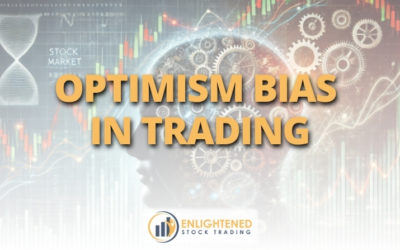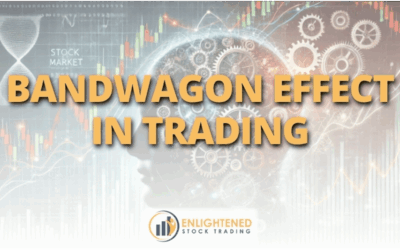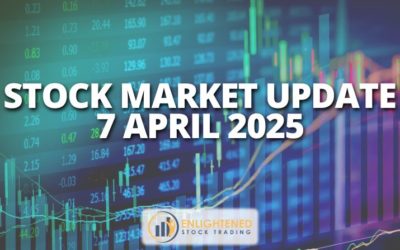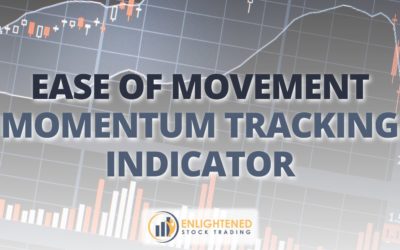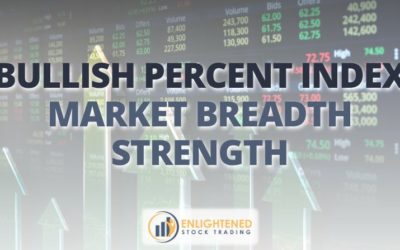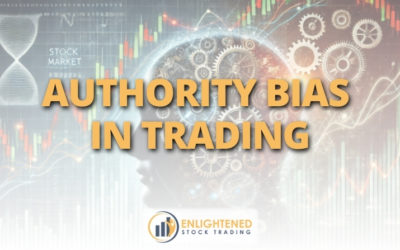The Ostrich Effect describes the tendency to avoid dangerous or negative information, as ostriches bury their heads in the sand to avoid danger. In everyday life, it’s like ignoring a bank account balance when you suspect you’ve overspent. This cognitive bias occurs when individuals prefer positivity bias and avoid negative information that contradicts their expectations—a pattern often explored...
Adrian Reid

Optimism Bias in Trading: Why Overconfidence Can Wreck Your Portfolio
Optimism bias is the tendency to believe that positive events are more likely for you than for others. It’s why people think they'll avoid traffic despite leaving late or assume a new business venture will succeed despite clear risks. Watch an experienced trader review their journal, and you'll often see a revealing pattern: wins are attributed to skill and careful analysis, while losses are...
How to Avoid the Bandwagon Effect in Trading & Make Independent Decisions
The Bandwagon Effect is a powerful psychological bias that affects consumer behavior in ways they often don’t realize. Simply put, it’s the tendency to follow the crowd and believe that it must be right if many others are doing something. This cognitive bias comes naturally to humans due to our inherent need to be part of a group, leading to a herd mentality in financial markets. In the context...
Stock Market Update | The markets go over the falls – Is Trump to blame?
In last week's update I warned of a break below 5500 on the S&P500 and a break below 19150 on the Nasdaq 100 being a critical point for an accelerated drop in the markets. We certainly saw that come true this week! In the S&P500 over the last two days we have seen two pretty large red candles with two pretty decent sized overnight gaps. This seemed pretty extreme to me, so I ran a quick...
Master the Ease of Movement Indicator for Better Trade Entries
The Ease of Movement (EOM) indicator is a volume-based oscillator that helps traders analyze the relationship between price movements and volume levels to determine how easily an asset moves in a given direction. This trading indicator highlights whether a price movement happens with light volume (indicating an easy move) or requires heavy volume to push through resistance. To understand this...
Money Flow Index: Boost Your Trading Edge
The Money Flow Index (MFI) is a momentum oscillator that evaluates buying pressure and selling rules by incorporating both price movements and volume of trades. Unlike the Relative Strength Index (RSI)—which relies solely on closing price—the MFI provides a broader view of market conditions and the direction of money flowing. Think of the MFI as a financial heartbeat monitor. Just as a doctor...
How to Properly Interpret Bullish Percent Systematic Trading
The Bullish Percent Index (BPI) is a trading indicator that measures the percentage of stocks exhibiting Point & Figure (P&F) Buy Signals. This valuable tool helps traders assess a market’s internal health, providing insights beyond just market movement and price fluctuations. A high BPI indicates that most stocks in an index are following bullish patterns, while a low BPI suggests broad...
How to Use the Gann Fan in Systematic Trading
The Gann Fan is a trading indicator developed by W.D. Gann, a legendary and 20th-century market theorist who believed that movements in price follow geometric angles. The fan consists of multiple angled lines drawn from a key price high or low, helping traders visualize trend reversals, support and resistance levels, trend direction, and potential price targets. Unlike traditional trend lines,...
Conservatism Bias in Trading: The Hidden Risk of Ignoring New Data
Conservatism Bias in Trading is one of the most insidious cognitive biases that stock traders fall into. In simple terms, it’s the tendency to cling to old beliefs and underweight new evidence, even when that new information could dramatically improve investment decisions—a common trap explored in trading psychology. Research has shown that behavioral biases, including conservatism bias,...
Break Free from Authority Bias in Trading & Make Independent Decisions
Have you ever made an investment decision simply because an expert, a famous investor, or a financial guru said it was a good idea? If so, you’ve fallen victim to authority bias, a common cognitive bias in financial markets. This bias is natural and widely studied in trading psychology, because from the moment we’re born, we’re taught to listen to authority. As kids, we trust our parents to keep...
High-Low Index Explained: A Simple Tool for Market Trends
The High-Low Index is a trading indicator that tracks the number of stocks making new 52-week highs versus those making new 52-week lows. It helps stock traders assess the overall health of a major market index, such as the S&P 500, NASDAQ 100, or Dow Jones Industrial Average. Imagine a team sport where players are either gaining ground or losing ground. If more players are moving forward...
Guppy Multiple Moving Average (GMMA): How to Trade Trends with Confidence
The Guppy Multiple Moving Average (GMMA) is a trading indicator that helps traders identify trend direction, confirm momentum, and spot trading opportunities. By analyzing short-term and long-term moving averages, traders can gain insights into market sentiment and potential trend reversals. Much like watching a pack of cyclists in a race, the short-term group represents active short-term...


